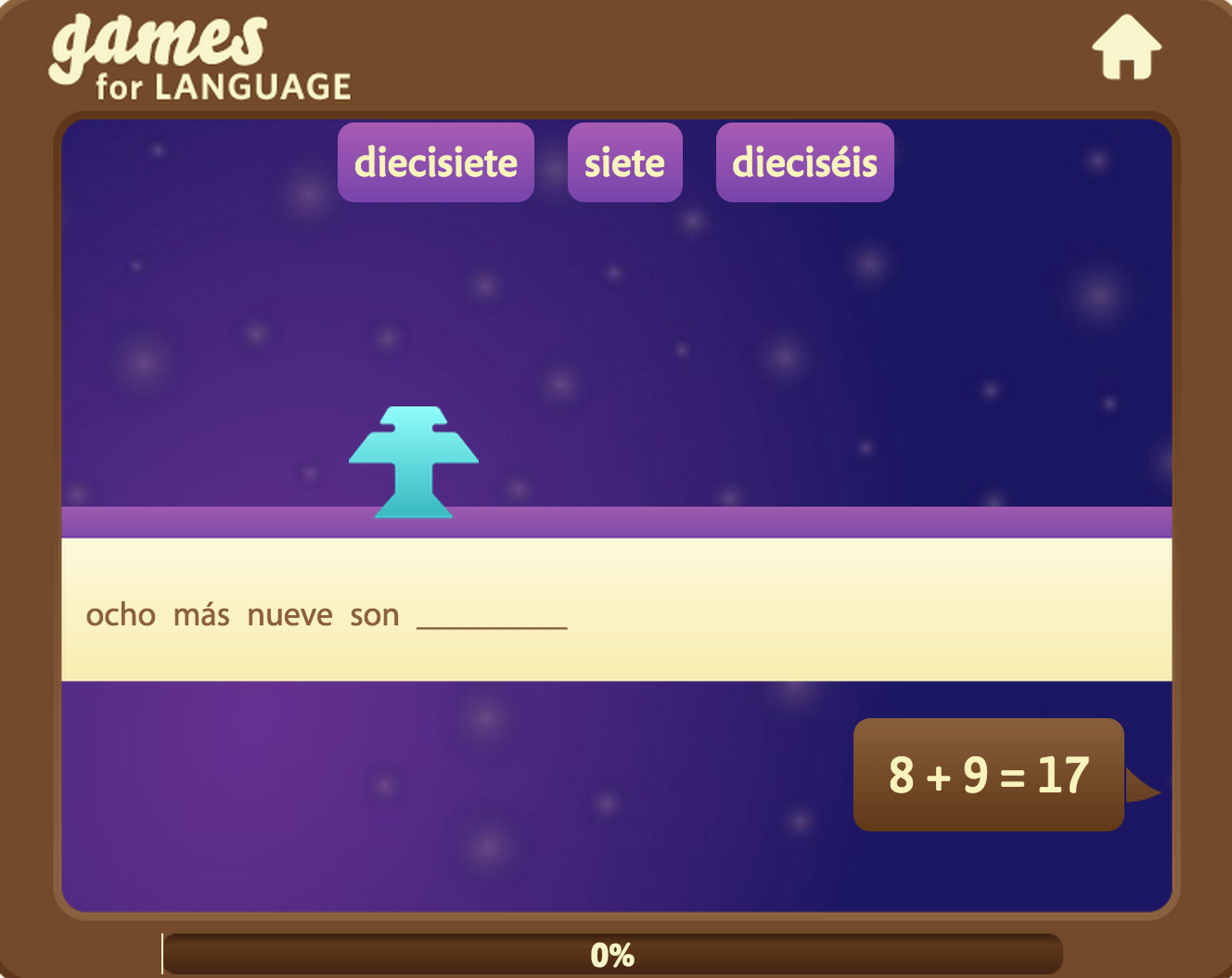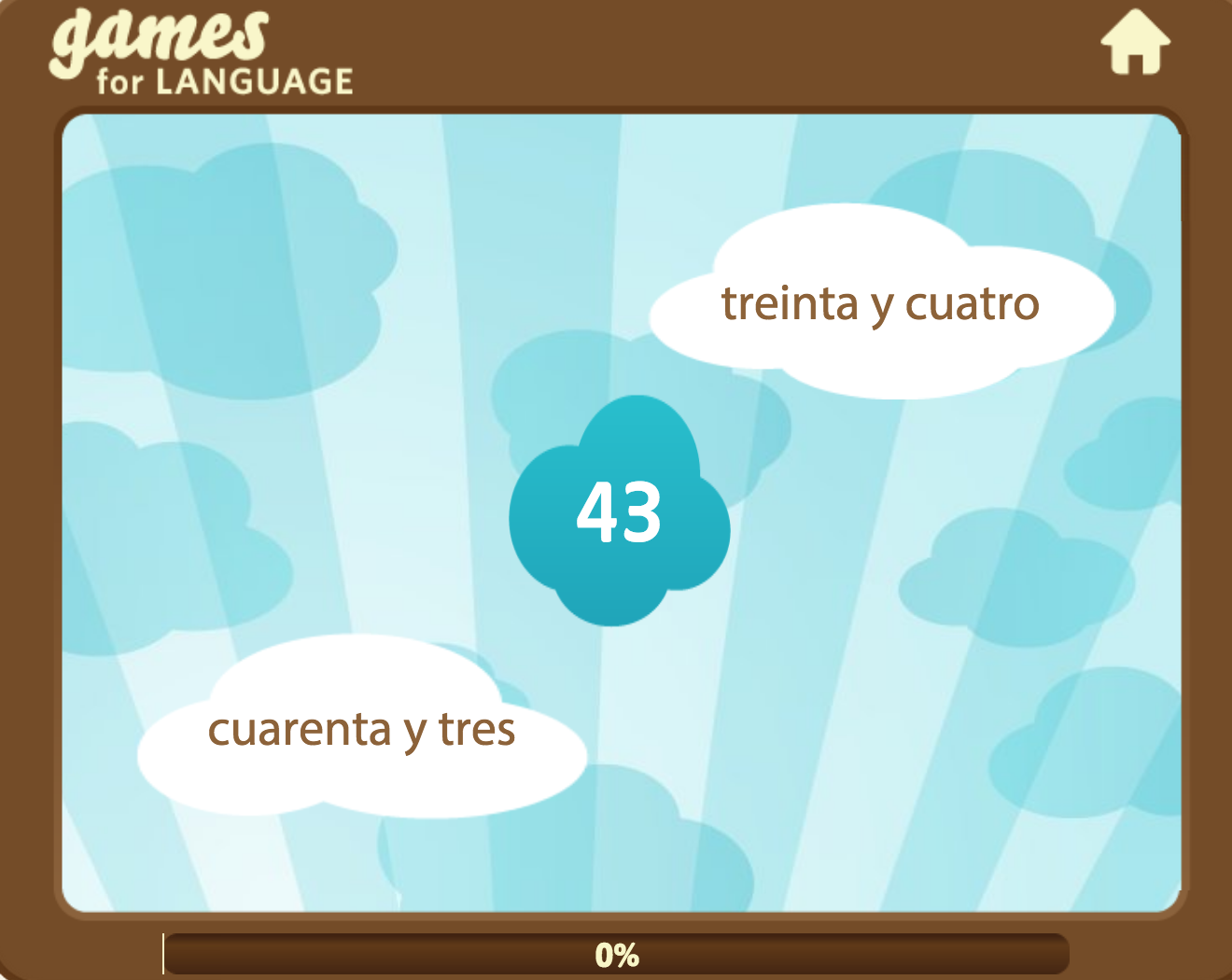Uno-dos-tres: Spanish Numbers Are Easy
 It's good to have a few basic Spanish words and expressions at hand, when traveling to a Spanish speaking country.
It's good to have a few basic Spanish words and expressions at hand, when traveling to a Spanish speaking country.
In many Spanish travel guides you'll find the translations for greetings, please, thank you, where is the bathroom, asking for directions, etc. Learning a few of these makes interactions friendly - and - they can also help you out in a pinch.
Knowing the basic numbers in Spanish can be especially helpful, when shopping, giving an address to a cab driver, buying a train ticket, or asking for and giving someone a telephone number, etc.
We have found that knowing the basic numbers in any language is one of the most useful things when traveling – and it's often one of the easiest to learn.
Spanish numbers are not difficult for English speakers, if you just memorize a few numbers and some basic rules. Plus, it's good to practice them so they become automatic.
Spanish Numbers 1-15
For most English speakers, Spanish numbers from 1 to 15 are not that difficult to learn and remember. Many of the English and Spanish numbers are related, and even though their spelling is different - as in:
• uno (one)
• dos (two)
• tres (three)
• seis (six)
• siete (seven)
• nueve (nine)
These should be easy to remember.
For other numbers you may want to use some mnemonics:
• cinco (five)
• ocho (eight)
• diez (ten)
• once (eleven)
• doce (twelve)
• trece (thirteen)
• catorce (fourteen)
• quince (fifteen)
If you already know the French numbers, then they'll help you out.
Spanish numbers 16-20
Spanish numbers from 16 to 19 use the inverse English model by using the prefix “dieci” in front of the single numbers: 
• dieciséis (sixteen)
• diecisiete (seventeen)
• dieciocho (eighteen)
• diecinueve (nineteen)
The Spanish number “twenty” is “veinte.”
Note that at times you may also see the old spelling of 16 to19 (“diez y seis,” etc.).
In this Quick Spanish Numbers game on your right, you can practice the Spanish numbers from 1 to 20:
Counting by Tens: 30, 40, 50, etc.
The numbers between 30 and 90 that end in a zero follow the same pattern as in English, by adding the suffix “-enta” (in English “-ty”) to an abbreviated form of the numbers 3 to 9:
• treinta (thirty) [note the exception**]
• cuarenta (forty)
• cincuenta (fifty)
• sesenta (sixty)
• setenta (seventy)
• ochenta (eighty)
• noventa (ninety)
** The one exception is “tre-inta” (thirty), as the first part ends with the letter “e,” and the suffix “-inta” is added.
Spanish Numbers 21-29
The numbers 20 to 29 are straightforward, except notice the accent on 22, 23, and 26:
• veintiuno (21)
• veintidós (22)
• veintitrés (23)
• veinticuatro (24)
• veinticinco (25)
• veintiséis (26)
• veintisiete (27)
• veintiocho (28)
• veintinueve (29)
And, you may also see the old spelling: “veinte y uno,” etc., which was replaced by the new spelling above.
Spanish Numbers 31-100
 Here “treinta,” “cuarenta,” “cincuenta,” etc. are just linked with the separate word “y” (and) to the single digits, for example:
Here “treinta,” “cuarenta,” “cincuenta,” etc. are just linked with the separate word “y” (and) to the single digits, for example:
• treinta y uno (thirty-one)
• cuarenta y dos (forty-two)
• cincuenta y nueve (fifty-nine)
And this continues consistently through the nineties.
So, as in English, once you know the Spanish numbers 1 to 9 and 20 to 90, then 21 to 99 are a breeze.
The Spanish number for 100 is “cien,” but combined with another digit, 100 changes to “ciento”:
• ciento uno (101)
• ciento tres (103), etc.
In this Spanish Quick Game - 21 and Beyond above you can practice some of these Spanish numbers.
Spanish Numbers by Hundreds from 100-10,000
The numbers from 200 to 900 combine similarly to English, except that they become one word and add an “-s,” for the plural hundred at the end. Thus you have, for example:
doscientos (200)
trescientos (300)
cuatrocientos (400)
seiscientos (600)
ochocientos (800)
However, note the slight exceptions for “quinientos” (500), “setecientos” (700), and “novecientos” (900).
By just remembering these three (3) last exceptions, you should be able to count easily to “mil” (1000), as the numbers are otherwise quite regular:
• 145 - ciento cuarenta y cinco
• 243 - doscientos cuarenta y tres
• 329 - trescientos veintinueve
• 578 - quinientos setenta y ocho
• 707 - setecientos siete
• 838 - ochocientos treinta y ocho
• 999 - novecientos noventa y nueve
Spanish Historical Dates
Historical dates, of course, are rarely written out. But there are conventions on how to say them.
In Spanish, unlike in English, you use “thousands” (not hundreds) to say a specific year between 1101 and 1999. So, 1829 is “mil ochocientos veintinueve.”
Millions, Billions, Trillions
A point of frequent confusion for speakers of American English are the high numbers that are often quoted in news reports about global finances, as for example, in the negotiations between Greece and the European Union regarding Greece's financial obligations.
Spanish and English agree on:
1,000,000 - un millón (one million).
But, for the U.S. English: one billion (1,000,000,000), Spanish uses “mil millones”
And the U.S. English: trillion (1,000,000,000,000) is the Spanish “billón”
You can see the problem.
Practicing Pronunciation
Practicing the Spanish numbers also gives you an opportunity to work on your pronunciation. As in any language, getting the mouth mechanics right is important in Spanish.
The numbers “tres” or “cuatro” do not have the “r” as in the English word “tree”; for the Spanish words, the tongue is in the front of your mouth, and not farther back.
The Spanish “v” as in “nueve,” has a sound between the English “b” and “v.”
In Castillian Spanish the beginning “c” and the “z” at the end of a word, such as in “cinco” and “diez,” are very close to the English “th.” In Latin American Spanish, both letters are closer to the English “s.”
In Seville, Andalusia, we noticed that the “s” endings are often dropped. So you may hear “tre” instead of “tres” or “sei” instead of “seis".
Many Opportunities to Practice
During the day, whether you're commuting to work, noting how many email messages are in your inbox, reading the newspaper, doing exercises, etc., you'll always see numbers.
Count and pronounce numbers silently, or out loud, if you can, in Spanish. And you'll be surprised how fast you'll know them!
(And once you know the Spanish numbers, learning the Italian numbers will be easy for you. You can read more about them in our post "Uno - due - tre..." - and you can already see the similarities with the first three!)
Bio: Ulrike Rettig is the co-founder of Gamesforlanguage.com. She is a lifelong language learner, growing up in Austria, the Netherlands, and Canada. You can follow her on Facebook, Twitter and Instagram, and leave any comments with contact.
